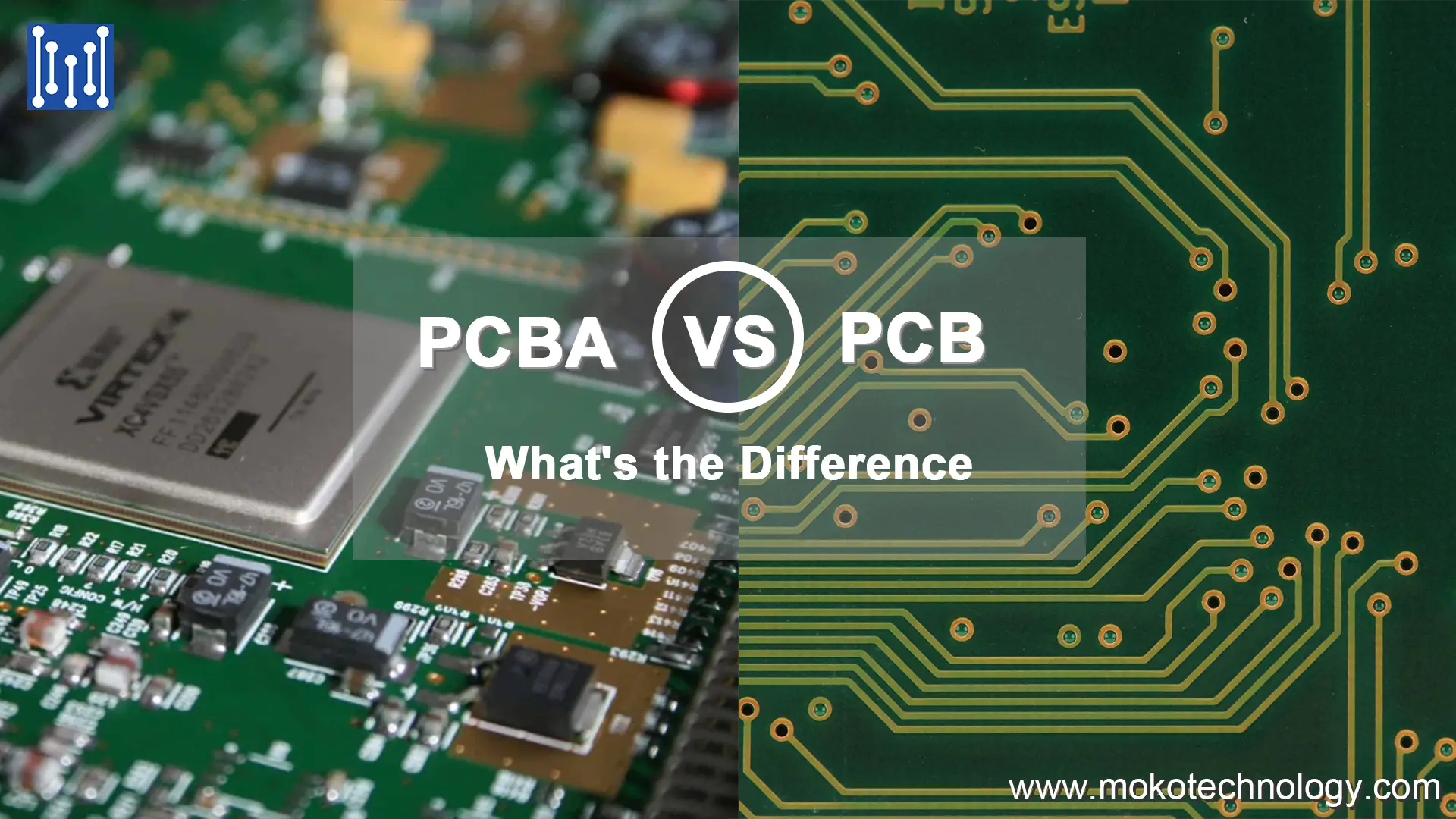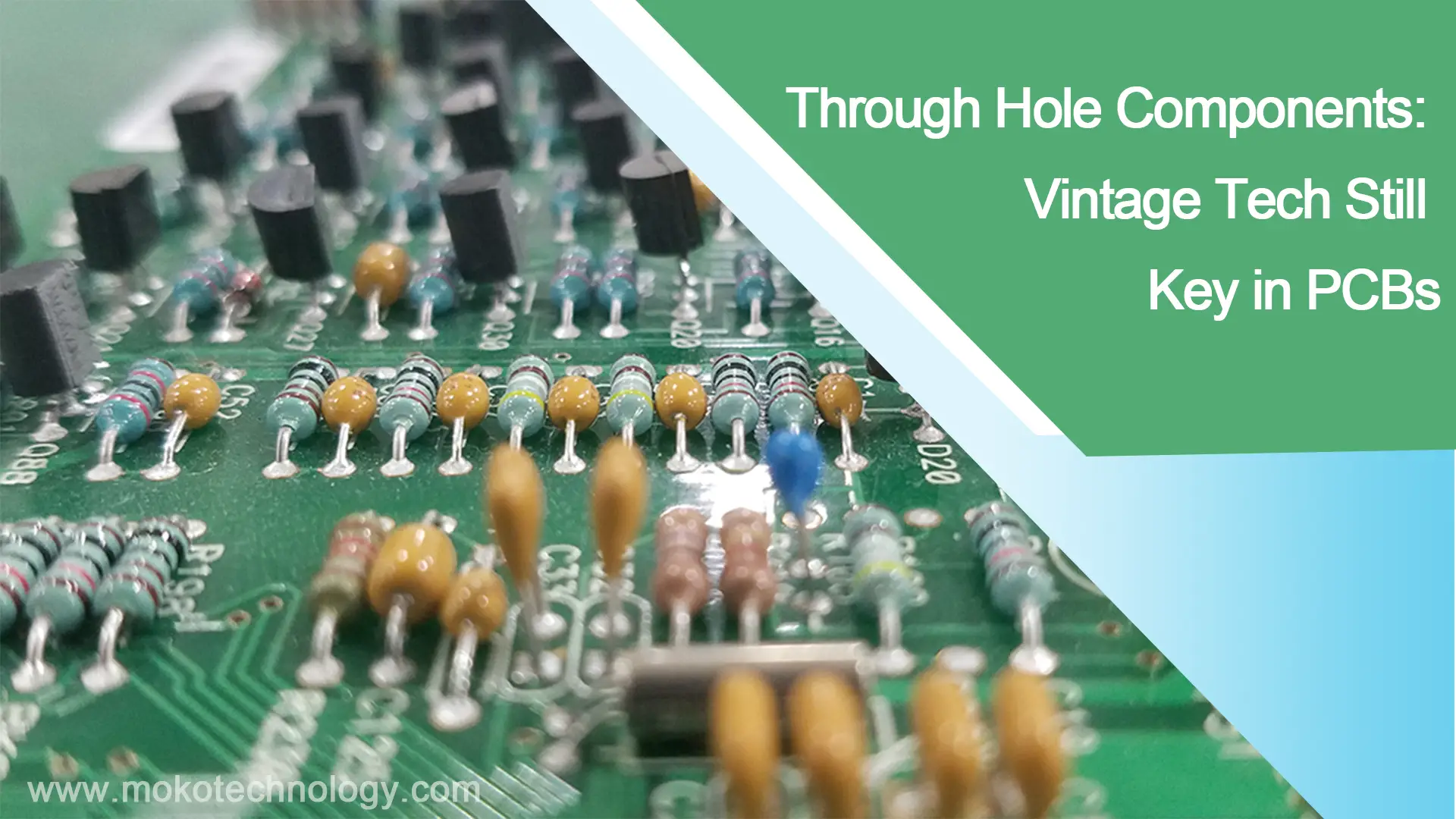You can use a burnishing pen, scratch brush, or fiberglass pen. It looks like an eraser pen but has fiberglass brush bristles come out. It’s much more precise, gentle, and safe than a knife, dremel, or sandpaper. Just pretend it’s an eraser. Normally used to scrape away oxidiation and rust.
Read More: Through Hole PCB Assembly
#PCB Assembly



